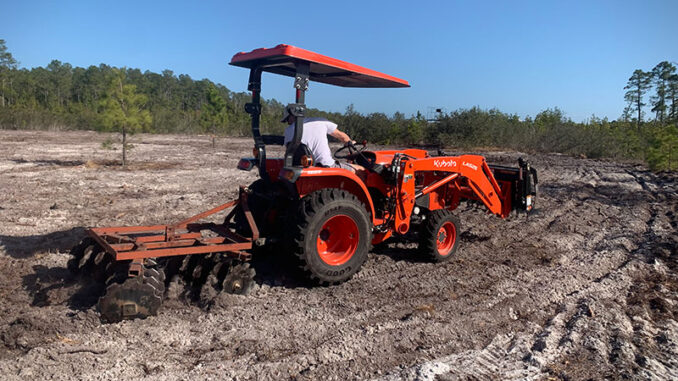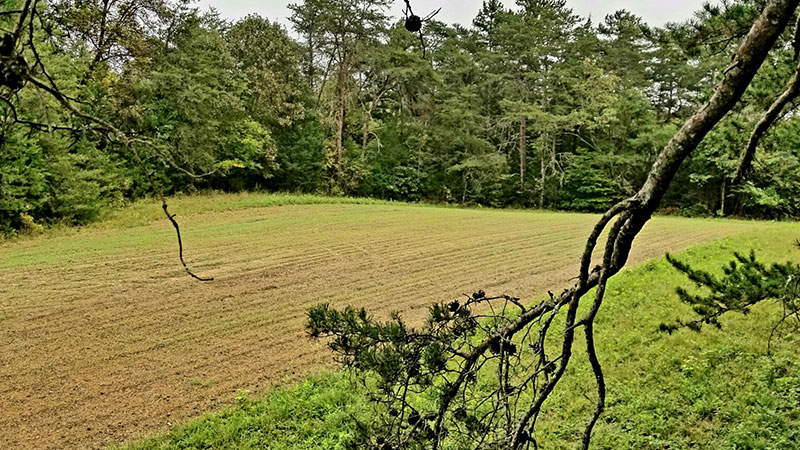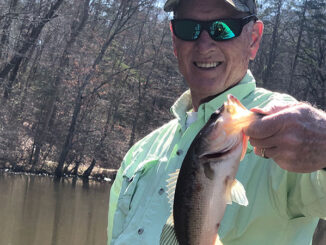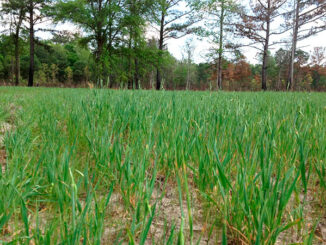
Hunters across the country spend countless hours and dollars preparing for hunting season in one form or another.
For many, establishing a smorgasbord of groceries on their own land or hunting lease for their furred and feathered friends is well worth the price of admission.
And when deer season ends on Jan. 1, it’s time to review the plot successes and failures so the following year will produce greater returns from revisions to the process.
Some hunters prepare food plots for small game, wild turkey, or whatever will eat what’s planted. Most food plots in the Carolinas support the local deer population. Fortunately, the Carolinas are rich in natural foods sources for most of the year. And in the agriculture districts, deer will have their way with Farmer John’s soybean, corn, and peanut crops.
But even in the best and most fertile areas of the Carolinas, natural and agriculture food banks will fluctuate, providing less-than-ideal food availability for deer and other wildlife. Food plots aren’t necessarily needed or required, but it surely can provide the deer with a sustainable food source when done right. And it can keep those up-and-coming 2.5- to 3.5-year-old bucks happy at home.
Growing a successful food plot doesn’t always come easy. It can actually be quite complicated, spanning over several disciplines, from specifics in soil chemistry and botany to meteorology.
Planting seasons
Food plots are generally divided into two planting seasons, including warm season plantings and cool season plantings. But some activities will occur on an annual basis no matter when the fields are planted.
One mistake many cultivators make is failing to keep good records on food plots. Every site is different. It is important to know what activities have occurred on each plot each year to see what changes should be made in the new year. Sometimes, things work well in some situations. In other instances, results may not have met expectations. Keeping good records is the first step to making improvements the following year.
Land managers should examine the crops in each field to see if the plot plan was successful or if adjustments are necessary. Most food plots can always be improved in some way.

Planting food plots is much more complicated than just turning some soil and dropping out some seeds. Sure, sometimes the food plot can grow nearly perfectly by just covering the seed. But it is unlikely these types of plots are reaching their full potential. And a food plot that is taken to its full potential will benefit the hunters with abundant usage and a healthier crop of wildlife.
Food plots are sensitive to a wide array of treatments. Every site will need a different prescription. It all starts with a soil test, and January is a good time to get it tested to see what the pH migrated to, and what macro and micro nutrients remain in the soil for the spring crop. Adjustments to soil amendments should be made based on the previous year’s test results and previous year’s amendments.
In addition to soil amendments, land managers can decide to plant different seed varieties in certain fields where the success criteria fell short of an ideal outcome. Changes to pre-emergent and post-emergent herbicide treatments, timing of planting around soil moisture and soil temperature can be ways to improve the productivity of future plots.
While some hunters rely on supplemental feeding, local farmers, or nature’s bounty, other hunters and land managers choose to prepare food plots to provide a solid food source for their wildlife.
From soil testing and field preparation to herbicide application and planting itself, hunters and land managers invest a lot of sweat equity and actual dollars on their hunting properties. It is always important to review the season and what has worked versus what hasn’t worked to develop a new plan for the upcoming year.
Make adjustments if needed:
Determining what worked, and what didn’t, for your latest food plots is a big step in determining what you’ll do differently to make it better for the upcoming season.





Be the first to comment